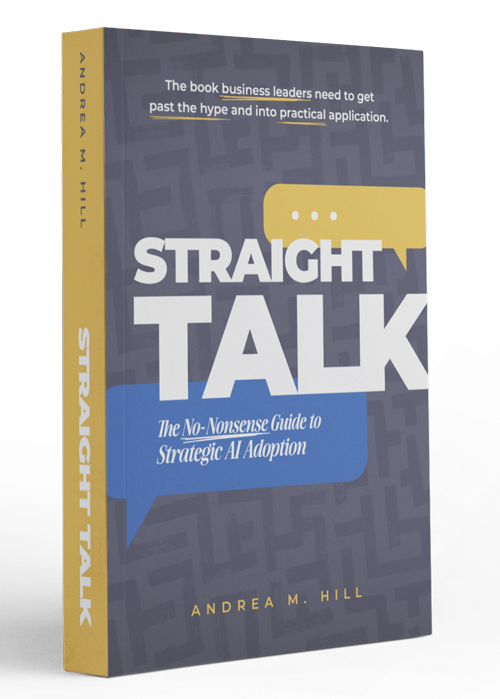The Economics of AI-First: A Briefing Note for CFOs and Finance Leaders

AI is not just a technology story. It is a financial story. The next wave of competitive advantage will be defined by how companies redesign cost structures, manage risk, and link AI investments to measurable business outcomes.
In my recent Forbes article, I explore how AI is reshaping competitive advantage. This briefing note distills the message for CFOs and finance leaders who need to connect AI initiatives directly to P&L outcomes and ensure investments deliver real business value.
Here are the takeaways from "AI and Competitive Advantage in the Next Era" for finance leaders (read the full article in Forbes here):
1. Growth and cost are no longer tied together
AI-first workflows change the economics of growth. Tasks that once scaled with headcount can now scale with compute. Serving one customer or one million adds little incremental cost. CFOs must understand and model this decoupling of growth and expense.
2. Pilot purgatory destroys value
Scattered AI experiments may look innovative, but without a direct link to profit-and-loss outcomes, they only drive costs. McKinsey warns of “more pilots than Lufthansa.” Finance leaders must insist on ROI discipline: AI projects must connect to P&L, not vanity metrics.
3. Real-time finance is on the horizon
AI agents can propose budgets, run scenarios, and deliver continuous reporting. This moves finance from backward-looking reporting cycles to real-time financial signals. CFOs will spend less time collecting data and more time stress-testing decisions.
4. Proprietary data is an asset class
The data your company owns, including transaction histories, customer records, and operational performance, is becoming as valuable as physical assets. Without modernized systems, fragmented data will limit competitiveness. CFOs should treat proprietary data as an asset that deserves investment, stewardship, and protection.
5. Risk is multi-dimensional
AI introduces new categories of risk, from data privacy and regulatory compliance to reputational damage. But there is also risk in delay. Competitors who redesign cost curves first will gain market share. Finance leaders must weigh both sides of the ledger.
6. Investment decisions cannot be deferred
Many firms are still clinging to legacy ERP and finance systems long past their prime. Leaders hesitate to modernize because the work will be expensive and feels overwhelming. But the real cost is lost competitiveness. The choice is stark: do the hard work now, or miss the chance to compete in an AI-first economy.
Bottom line for CFOs
The next competitive advantage will show up first in the numbers: cost structures, margin expansion, and P&L performance. Finance leaders who model, measure, and invest with confidence will give their companies a lasting edge. Those who delay risk falling behind.
Andrea Hill's
Latest Book
Straight Talk
The No-Nonsense Guide to Strategic AI Adoption

Where other books focus on prompts and tools, this book gives business leaders what they actually need: the frameworks and confidence to lead AI adoption responsibly, without having to become technologists themselves.
Also available at independent booksellers and public libraries.
Are You Ready to Do Better Growth Management?
StrategyWerx is all about growth strategy and management. That means giving you the tools you need to develop sound strategies, structure your organization to lay the track ahead of the train, and implement the tools you need to grow. Ready to learn more about how we do that? Book a free consult and bring your questions. See if you like working with us on our dime, and get some good advice in the process.